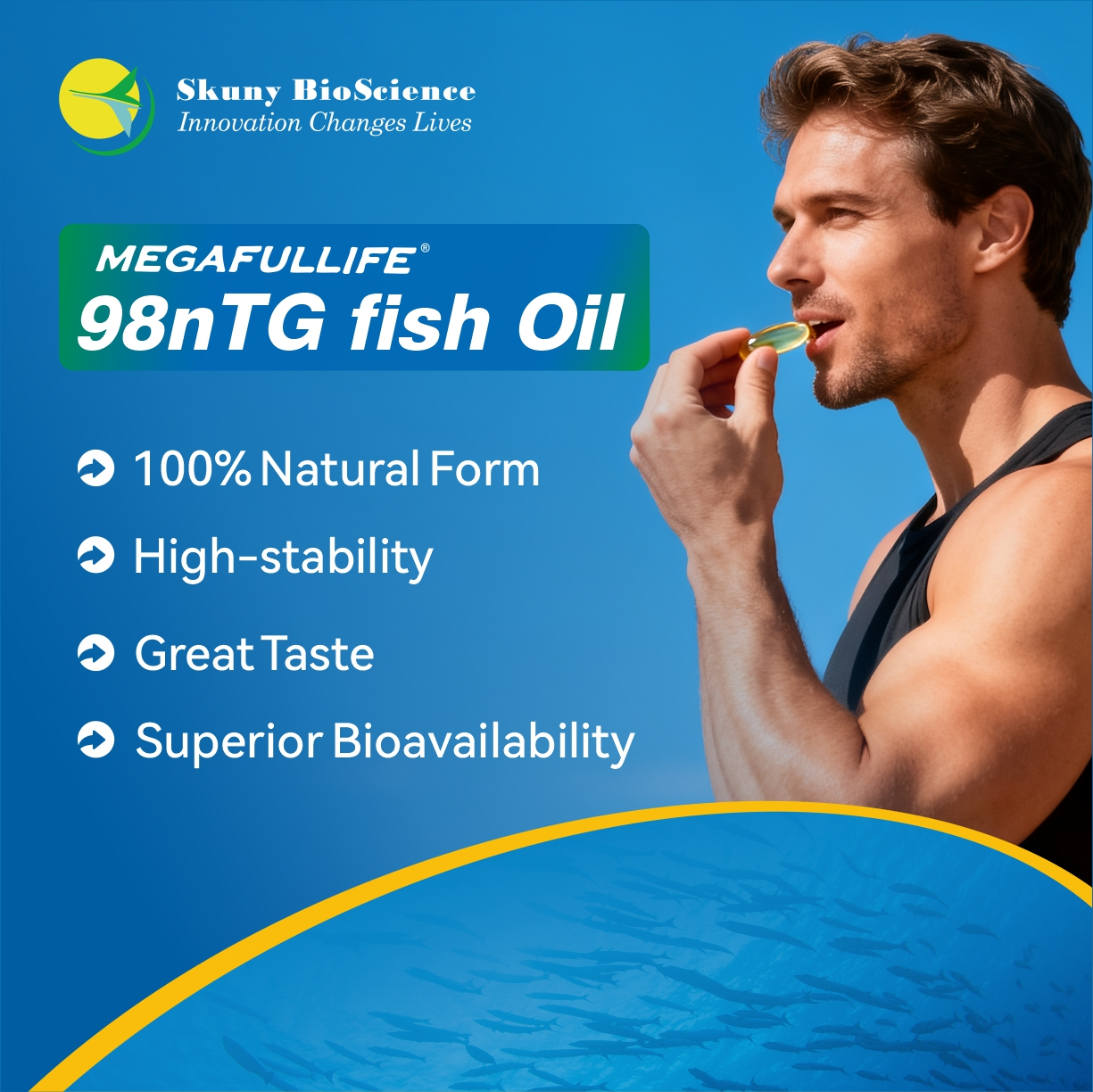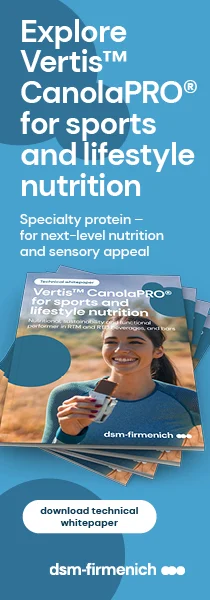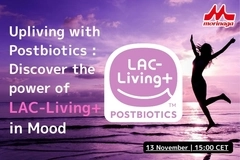Fears over rampant and unregulated use of IV nutrition in sports, despite little evidence over effectiveness
18 Aug 2022 --- Despite the absence of scientific proof that intravenous (IV) feeding is safe or effective, the use of “drip bars” is threatening to become the standard of care for competitive athletes, according to a global study.
Services offering IV nutrition claim to improve health and performance, restore hydration and hasten recovery by offering B vitamins, amino acids, glutathione, vitamin C and electrolytes, the researchers from the UK, Ireland, USA and Canada revealed.
“One of our key points is that there is very little evidence of a benefit from IV nutrition that can’t be achieved with food,” Charles Pedlar, professor of Applied Sport and Exercise Science, Faculty of Sport, Allied Health and Performance Science, at St Mary’s University, Twickenham, UK, tells NutritionInsight.
IV nutrition drips have often only been used to treat severe clinical disorders, such as anemia, indications of vitamin deficiencies, or severe dehydration brought on by, for example, completing a marathon in the desert. However, according to the study authors, they are presently utilized for tiredness, exhaustion or recovery.
Regarding the impact the findings could have on the sports nutrition industry, Pedlar explains: “There is potential that by raising awareness of this issue we can guide athletes away from IV nutrition, and toward foods.”

“Hooked” on IV nourishment infusions
According to the study authors, they have grown more aware of the practice due to their frequent interactions with professional team members in European and US leagues and their support staff.
 Although there is no evidence that IV nutrition works, it risks becoming the standard for athletes.Some players are reportedly – according to the study authors – hooked up to IV nourishment infusions as frequently as once per week as part of a pre-or post-game routine, though it is unknown how widespread this is.
Although there is no evidence that IV nutrition works, it risks becoming the standard for athletes.Some players are reportedly – according to the study authors – hooked up to IV nourishment infusions as frequently as once per week as part of a pre-or post-game routine, though it is unknown how widespread this is.
“By consuming foods orally, we benefit from the intricate physiological systems we have (in our gut) to protect us from toxic doses of nutrients or contaminated products,” says Pedlar. “This, in addition to the risks associated with needle use, point to a food first approach being the intelligent choice.”
To reverse this trend, they advise all athletes and their support teams to spread the message of “food first” and “no needle.”
The authors note that despite being readily available, the IV nutrition services appear to have avoided regulatory supervision and there is no guidance on how to use them for players or practitioners.
“Greater regulation in this area could be helpful, but the best advice would be to end the practice of self-directed IV nutrition. These treatments or therapies should be reserved for genuine medical need,” Pedlar elaborates.
“The ‘food first’ and ‘no needle’ messages need to be amplified among all athletes and multidisciplinary support teams to avoid what was previously a ‘last resort’ treatment becoming normal without scientific evidence of benefit,” the study authors stress.
Banning “risky” needle use in athletes
A global restriction on athletes using needles at the Olympic Games, except for necessary medical use and in cases where a therapeutic use exemption (TUE) is obtained, has been in place for all recent games.
 Experts advise that the phrases “food first” and “no needle” must be emphasized more.Additionally, these IV nutrition drips carry some danger because they may affect the liver and gut microbiota, the body’s primary powerhouse for detoxification and immune systems.
Experts advise that the phrases “food first” and “no needle” must be emphasized more.Additionally, these IV nutrition drips carry some danger because they may affect the liver and gut microbiota, the body’s primary powerhouse for detoxification and immune systems.
The study authors point out that excessive vitamin B6 can cause peripheral neuropathy and athletes who regularly receive IV iron risk developing liver disease.
“Given that the long-term effects of supratherapeutic doses of B vitamins and other nutrients are unknown in athletes, it does not appear to be worth the risk, especially given the lack of evidence-based benefits,” the study authors explain.
“More than this is the reputational risk to sport if it is normalized for athletes to regularly partake in self-directed IV [nutrition] use with a worrying shift away from what ‘works’ (according to scientific standards) to that which is unproven.
“Furthermore, some athletes risk an anti-doping violation by participating in self-directed IV [nutrition] use.”
By Nicole Kerr
















